StarBox: Nick Hudson lists Every. Single. Thing. in his pipe case
 Nick Hudson has been an excellent solo piper for many years. But when he won the Highland Society of London Gold Medal at the Northern Meeting in 2022, his star immediately rose to an elite level.
Nick Hudson has been an excellent solo piper for many years. But when he won the Highland Society of London Gold Medal at the Northern Meeting in 2022, his star immediately rose to an elite level.
Originally from Massachusetts, Nick Hudson started his piping when his family moved to a suburb of Washington, DC, with instructor Chris Hamilton. Hudson eventually moved to Pittsburgh and enrolled in the Bachelor of Fine Arts in Music Performance program under professors Alasdair Gillies and Jimmy McIntosh at Carnegie-Mellon University in Pittsburgh.
In 2017, headmaster Mike Cusack, the most accomplished soloist in US piping history, recruited him to be a full-time teacher at St. Thomas Episcopal School in Houston. His instruction now comes primarily from Cusack.

His competition solo piping highlights include the Braemar Gold Medal, the Silver Medal at the Argyllshire Gathering, the B-Grade MSR at the Northern Meeting, the Ram’s Head Snuff Mull for A-Grade Piobaireachd at London, twice being the overall A-Grade championship at the London, the Piobaireachd Society Gold Medal (Canada), and the overall winner of the Metro Cup. Like Forrester, Hudson had seen only one prize in a Gold Medal contest before winning this year: a fourth at Oban in 2019.
With his win at Inverness, Hudson became only the fourth American to capture a Gold Medal, following Cusack (Oban 1984, Inverness 1987), Mike Rogers of Maryland (Oban 2000), and Michigan-born Donald MacPhee (Inverness 2005).
Hudson is a proud parent. He and his wife welcomed their son, Alan, on the same day he won the Northern Meeting medal.
We checked in with him to see what he might haul around with him to various competitions, including, at the moment, the 2024 Northern Meeting. Here’s every single thing he could find in his pipe case, including the case itself:
Bagpipes:
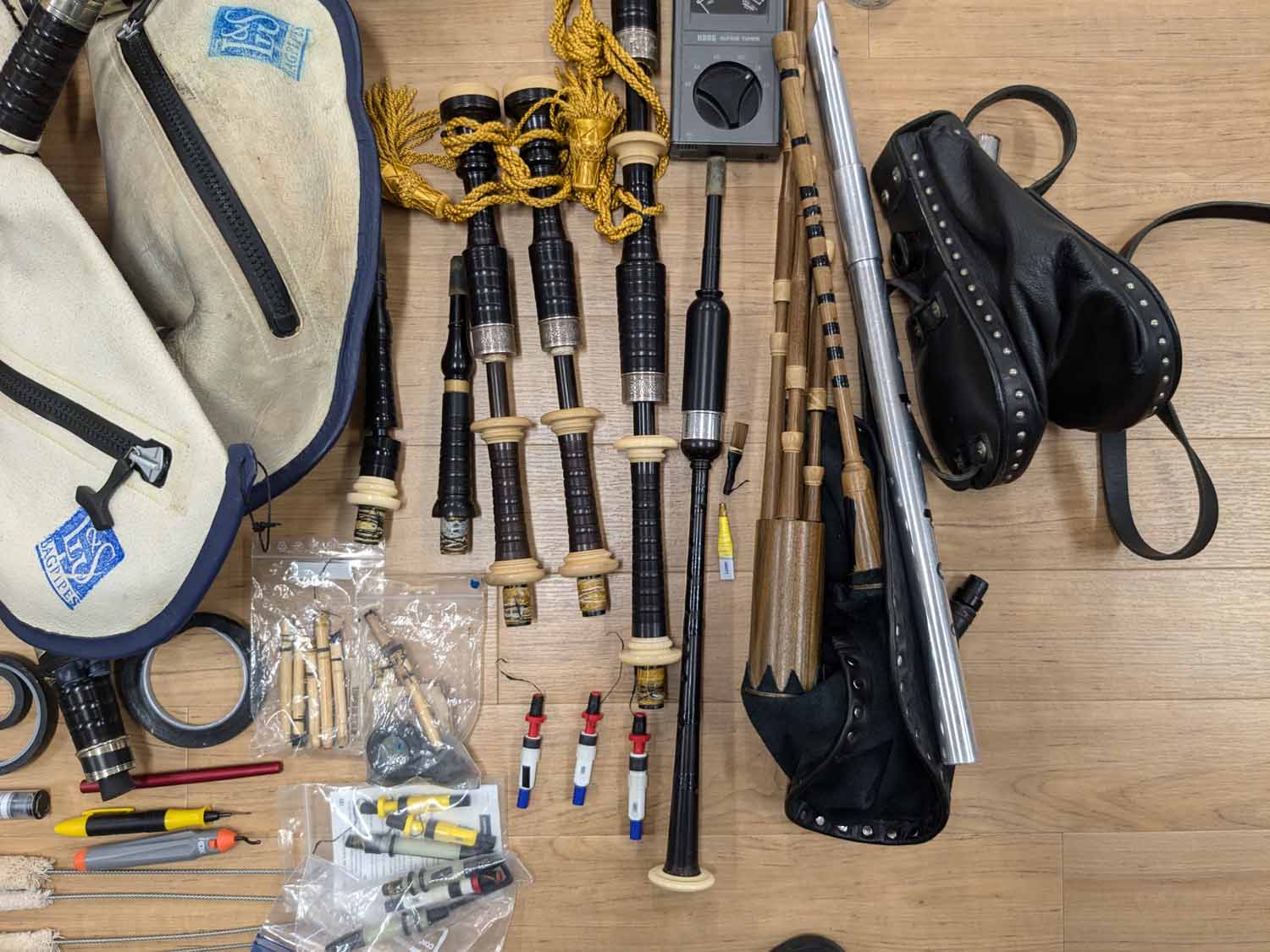 – Circa 1905 R.G. Lawries with ivory removed and replaced with wood. Classic Lawrie sound. Very stable, so all the blame is on my blowing not the pipe!
– Circa 1905 R.G. Lawries with ivory removed and replaced with wood. Classic Lawrie sound. Very stable, so all the blame is on my blowing not the pipe!
– Atherton blowpipe. The brass bore helps maximize condensation pre-bag.
– Two Lee & Sons sheepskin bags, w/ zippers but no grommets. Solo setup with Bannatyne canister system. Band setup with a Trap-Dri tube trap. I am a huge fan of these Lee bags. They are high-quality skins that rarely need seasoning after the first month. The sheepskin gives quick chanter stability while still allowing for the drone-drying equipment – stability and peace of mind when playing piobaireachd in adverse conditions. I’ve played these bags since early 2021 in solo and band competitions.
– Two Bannatyne canisters. I use a food dehydrator to keep these dry, which is much easier than taking over the oven at home.
– Lignum Vitae Quietpiper Smallpipes, made by Robert Felsburg in Pittsburgh. I can’t recommend these smallpipes enough. He has a long waitlist but they are worth the patience.
– Fred Morrison Bellows
– Chieftain tuneable Low D, V1 whistle
Chanters:
 – RJM blackwood with a MacPhee reed. My current favourite combo.
– RJM blackwood with a MacPhee reed. My current favourite combo.
– Naill blackwood chanter with a Melvin solo reed. I got this chanter from Alasdair Gillies back in 2005. Still going strong.
– Henderson blackwood chanter with a Chesney solo reed.
– Broadleys blackwood solo chanter with a Melvin reed. Ross just recently started making his line of instruments after decades at Shepherd. Highly recommend. Great high G and a full, stable sound.
– Two McCallum band chanters with Chesney reeds.
– Shepherd band chanter with a Chesney reed.
– Tone Protectors on all chanters. These help to make the first 10-15 minutes of practice more enjoyable and in tune.
– McCallum long practice chanter with a trimmed-down cane smallpipe reed, with backup Abbott reed.
– Protective tubes from Bagpiper Cases.
Reeds:
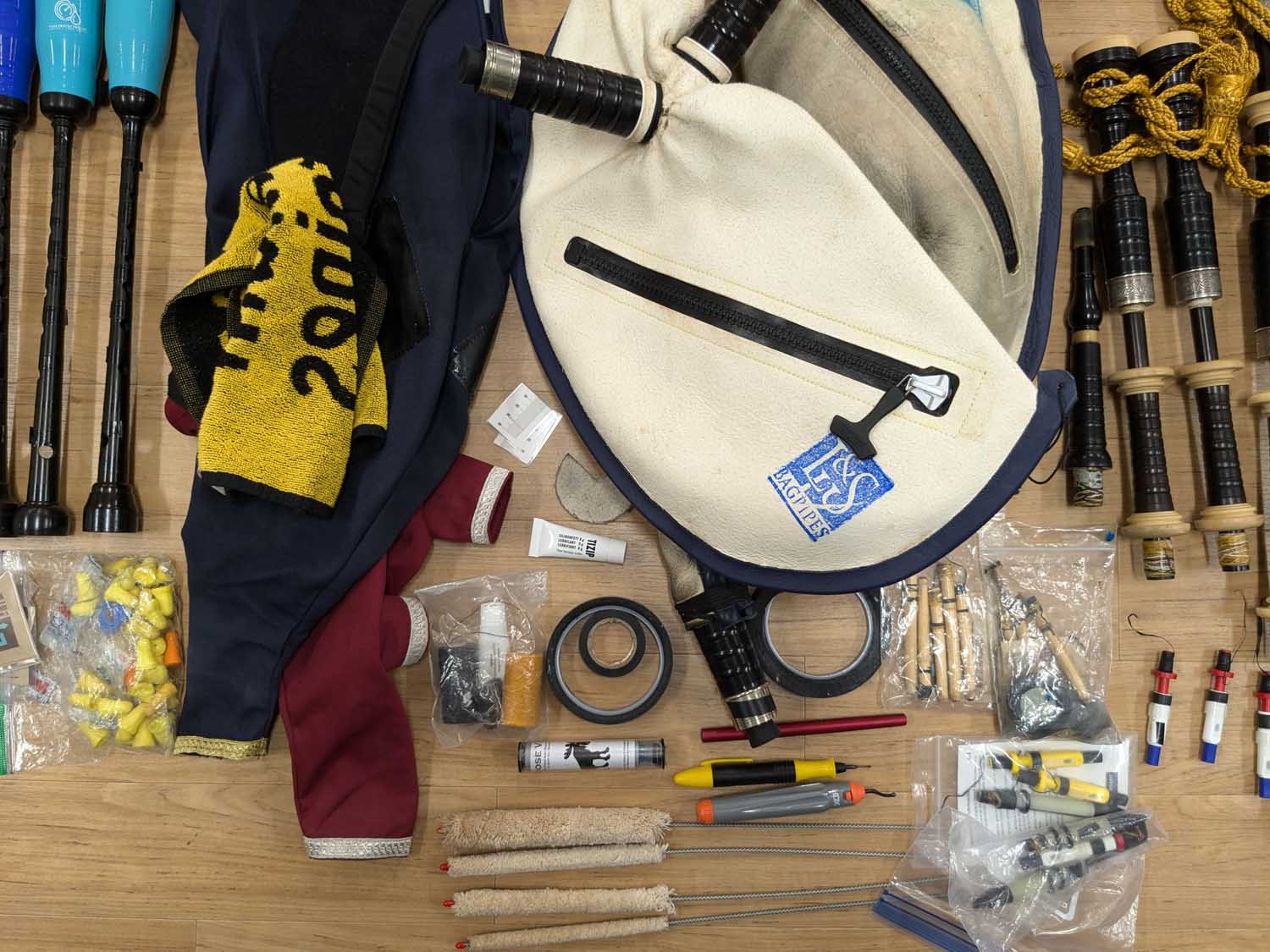 – Three sets of Balance Tone High Resonance drone reeds. My default recommendation.
– Three sets of Balance Tone High Resonance drone reeds. My default recommendation.
– A few sets of cane drone reeds for the band pipe made by Murray Henderson and Alastair Murray, with an Eric Goodchild inverted cane base as well.
– A set of old Rocket reeds.
– Chanter reed case, holds 15 reeds – primarily MacPhee and Chesney.
Accessories:
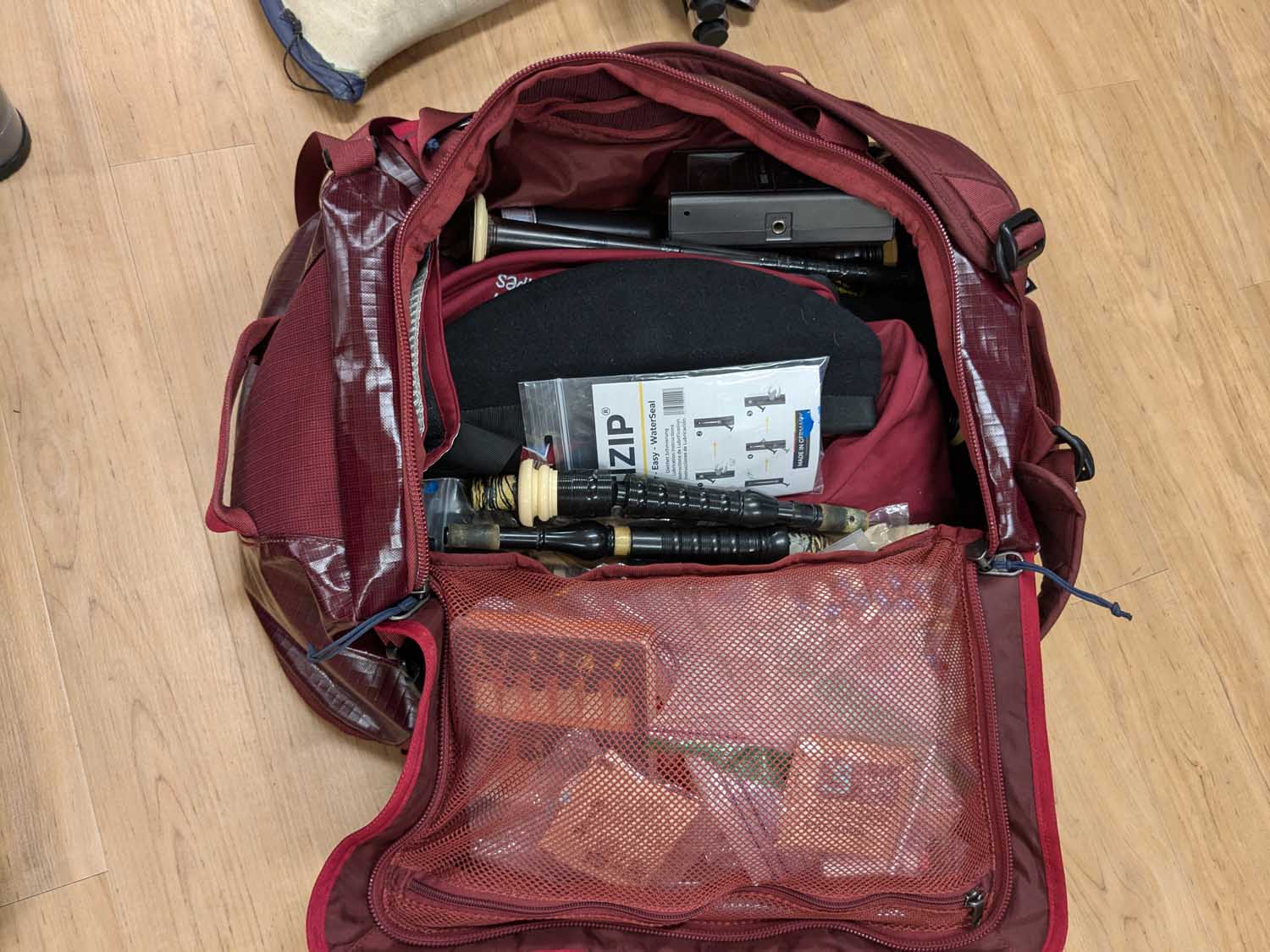 Korg GT–6 tuner. This is an old guitar tuner from the late 1970s that I found on eBay. It can be easily tweaked to modern bagpipe pitch and is excellent for drone tuning.
Korg GT–6 tuner. This is an old guitar tuner from the late 1970s that I found on eBay. It can be easily tweaked to modern bagpipe pitch and is excellent for drone tuning.
– “Ceol Bag™” case, lol (a Patagonia duffel). I found many pipe cases were one inch too long for newer carry-on restrictions despite never having an issue fitting them in the overhead bins. I had some Ryan Air flights from Lorient last year and didn’t want to risk it (they have more charges than Trump…) I got this and it fits a ton. It’s unstructured, so there’s no protection; I have to pack it carefully. There is no extra weight from a roller handle that I won’t use. I personally never use that feature for a pipe case, the body makes a great spring for the pipes, don’t want all my drone reeds falling in while rolling along a rough sidewalk. I like that the backpack straps are on the top side of the case and don’t get dirty when I set it down at the games. It’s water resistant as well.
– Two deburring tools for chanter carving (I often have two of everything because I lose things!)
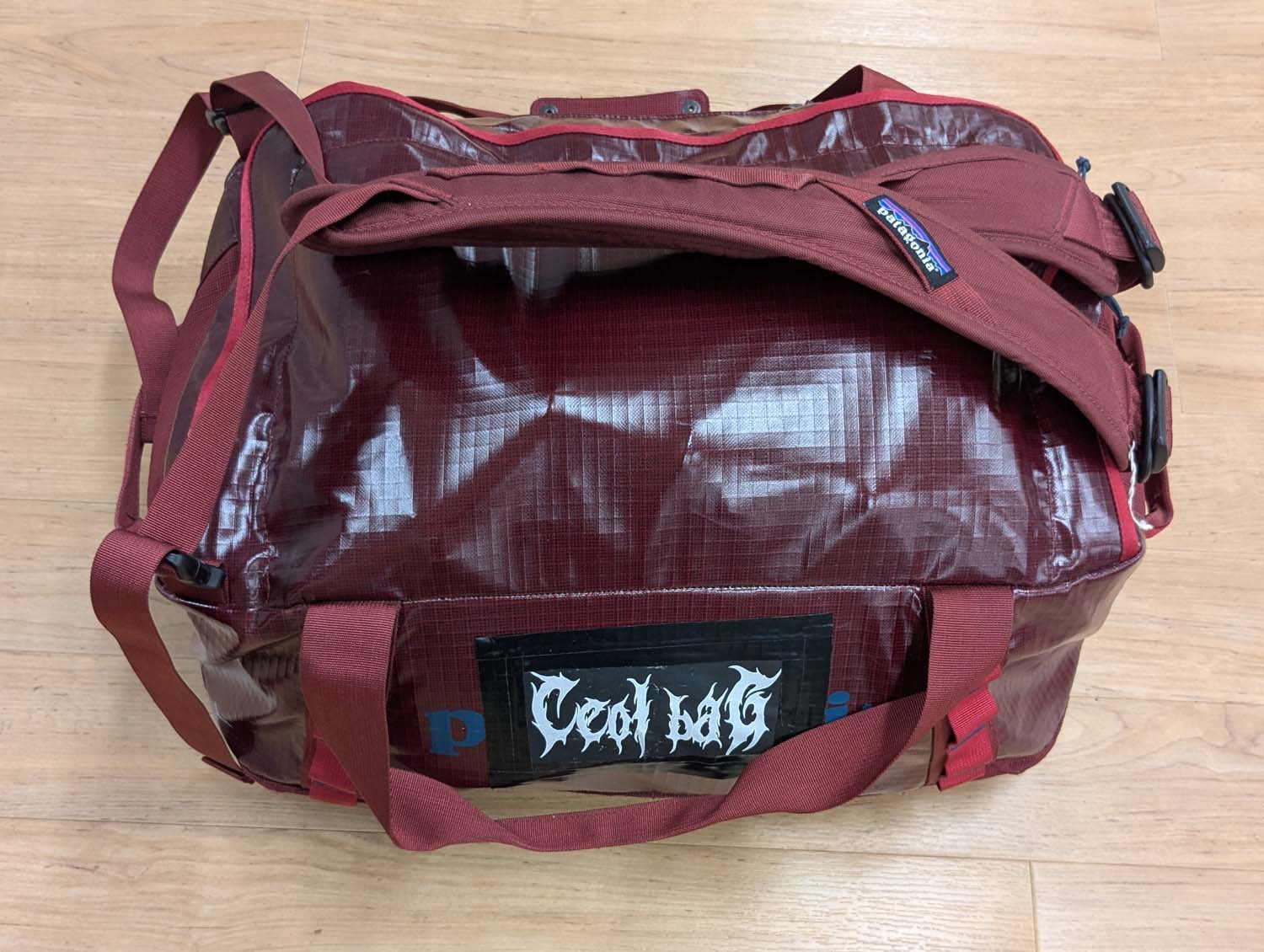 – Backup Moose Valve
– Backup Moose Valve
– 3M 471 tape in 1/2 and 1/4 inch widths. I’ll use the 1/2 inch tape on most of the chanter, with 1/4 on small holes, like High G
– Three TIZIP zipper grease tubes
– 1 cm Scapa tape
– Yellow and black waxed hemp
– 10 stock corks, 3 drone corks
– The Terry Lee reed poker
– Wee ruler for measuring reed height
– Three Bannatyne filters
– Zip-ties
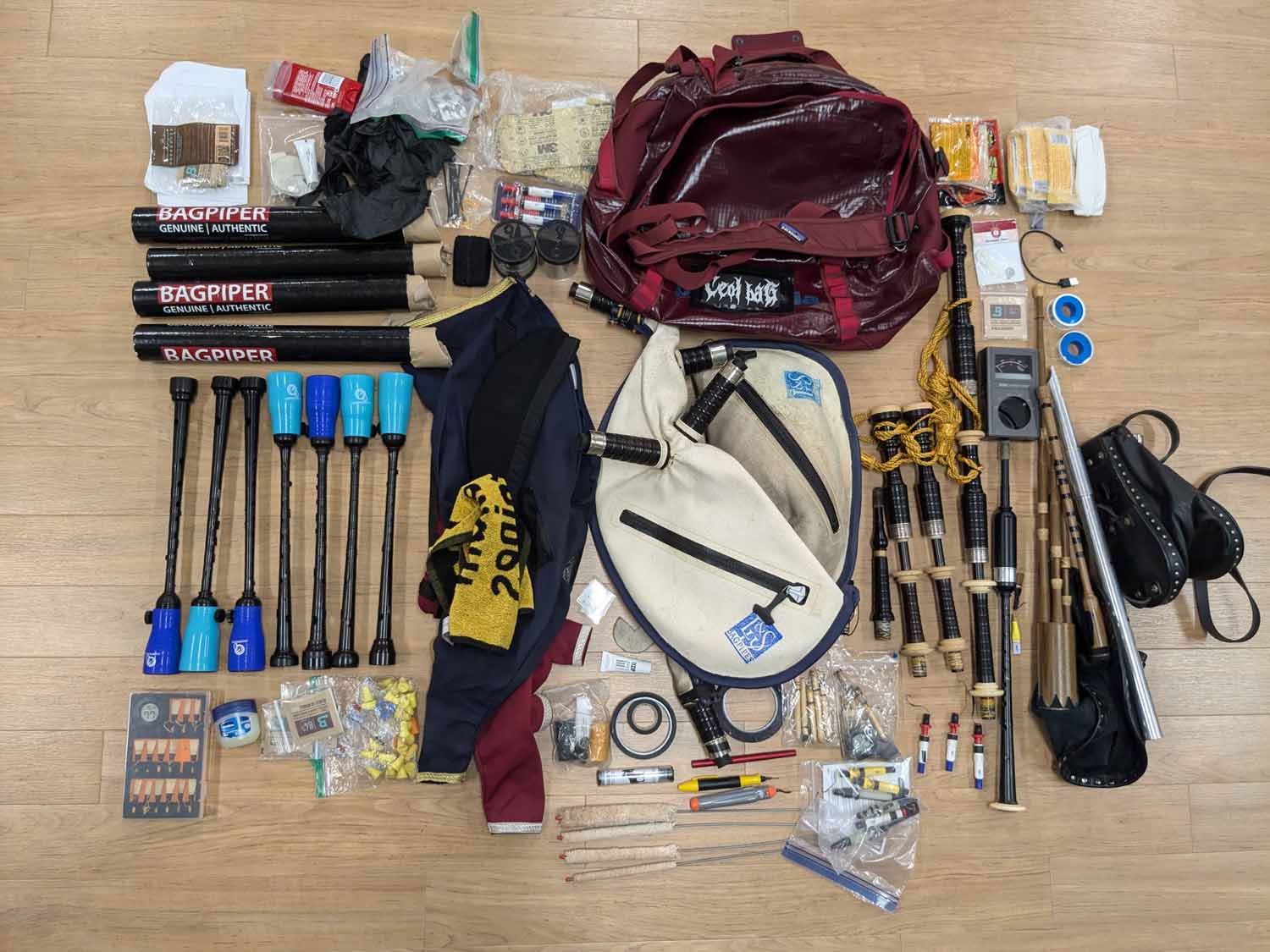 – Sheet music for Captain John MacLellan tunes and alternate piobaireachd settings
– Sheet music for Captain John MacLellan tunes and alternate piobaireachd settings
– Various grits of sandpaper
– Hand warmers
– Spare blowpipe valve
– Two Teflon tape spools
– Lots of spare Boveda humidity packets
– Vaseline
– Cheap 3M disposable earplugs because I lose nice earplugs.
– Two bag covers
– Sweat towel, courtesy of McCallum Bagpipes
– Glengarry
– Rubber gloves, deodorant, sweatband, charge cord, various headache meds and melatonin. Nothing worse than a splitting headache when trying to play the pipes.


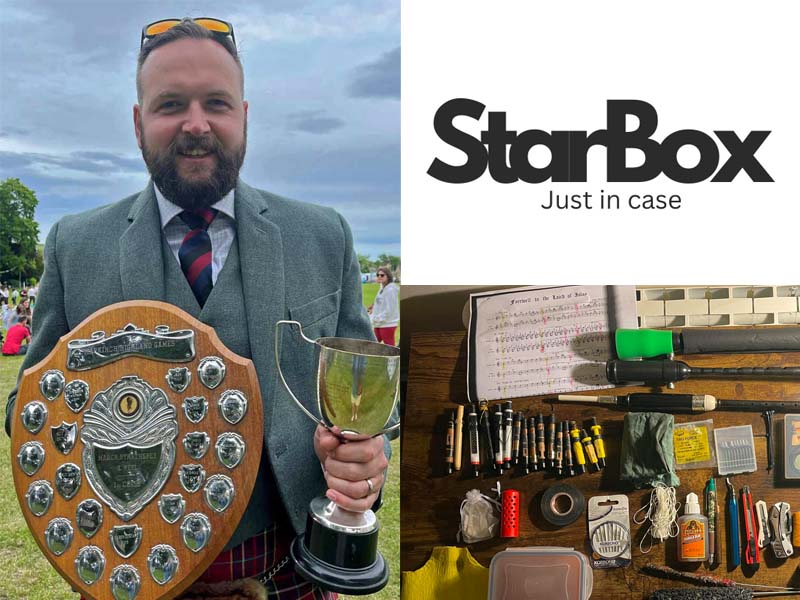
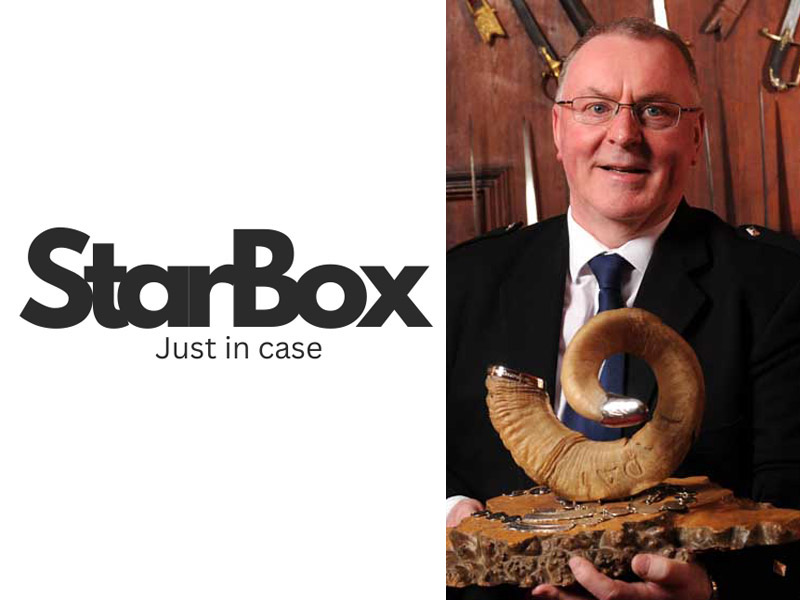

NO COMMENTS YET